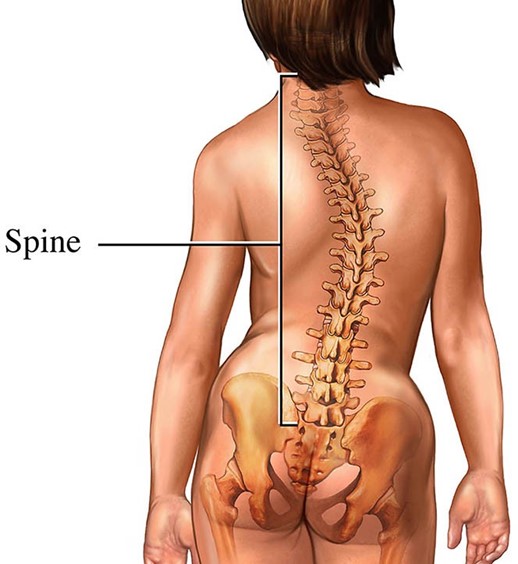A nurse is assessing a preschooler who has a calcium level of 8.0 mg/dL.
Which of the following findings should the nurse expect?
Negative Chvostek's sign.
Muscle tremors.
Dry, sticky mucous membranes.
Polyuria.
The Correct Answer is B
A calcium level of 8.0 mg/dL is below the normal range for adults, which is 8.8 to 10.4 mg/dL.
This condition is known as hypocalcemia and can cause muscle spasms and aches.
Choice A is incorrect because a positive Chvostek’s sign, not a negative one, is a clinical sign of hypocalcemia.
Choice C is incorrect because dry, sticky mucous membranes are not a symptom of hypocalcemia.
Choice D is incorrect because polyuria (frequent urination) is a symptom of hypercalcemia (high calcium levels), not hypocalcemia.
Nursing Test Bank
Naxlex Comprehensive Predictor Exams
Related Questions
Correct Answer is C
Explanation
Activated charcoal should be given as soon as possible to help absorb the acetylsalicylic acid in the gastrointestinal tract.
Choice A is not an answer because N-acetylcysteine is used to treat acetaminophen overdose, not acetylsalicylic acid overdose.
Choice B is not an answer because chelation therapy with deferoxamine is used to treat iron poisoning, not acetylsalicylic acid overdose.
Choice D is not an answer because inducing vomiting with syrup of ipecac is no longer recommended for the treatment of poisoning due to the potential for harm and lack of evidence of benefit.
Correct Answer is C
Explanation
Scoliosis is a condition characterized by sideways curvature of the spine or backbone.
A lateral curvature of the spine is called scoliosis.
Choice A, Torticollis, is not the correct answer because it is a condition in which the head becomes persistently turned to one side, often associated with painful muscle spasms.
Choice B, Kyphosis, is not the correct answer because it refers to an excessive outward curvature of the spine, causing hunching of the back.
Choice D, Lordosis, is not the correct answer because it refers to an excessive inward curvature of the spine.

Whether you are a student looking to ace your exams or a practicing nurse seeking to enhance your expertise , our nursing education contents will empower you with the confidence and competence to make a difference in the lives of patients and become a respected leader in the healthcare field.
Visit Naxlex, invest in your future and unlock endless possibilities with our unparalleled nursing education contents today
Report Wrong Answer on the Current Question
Do you disagree with the answer? If yes, what is your expected answer? Explain.
Kindly be descriptive with the issue you are facing.
